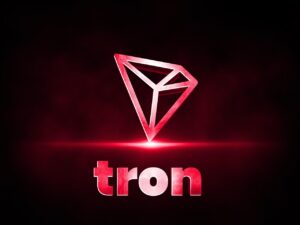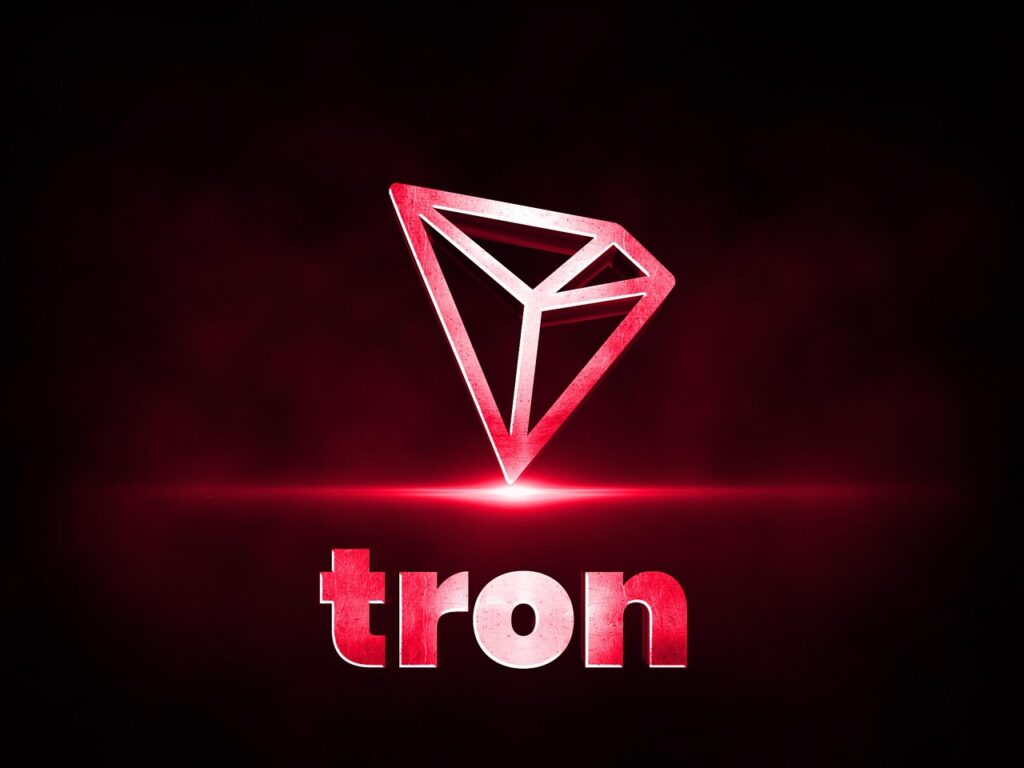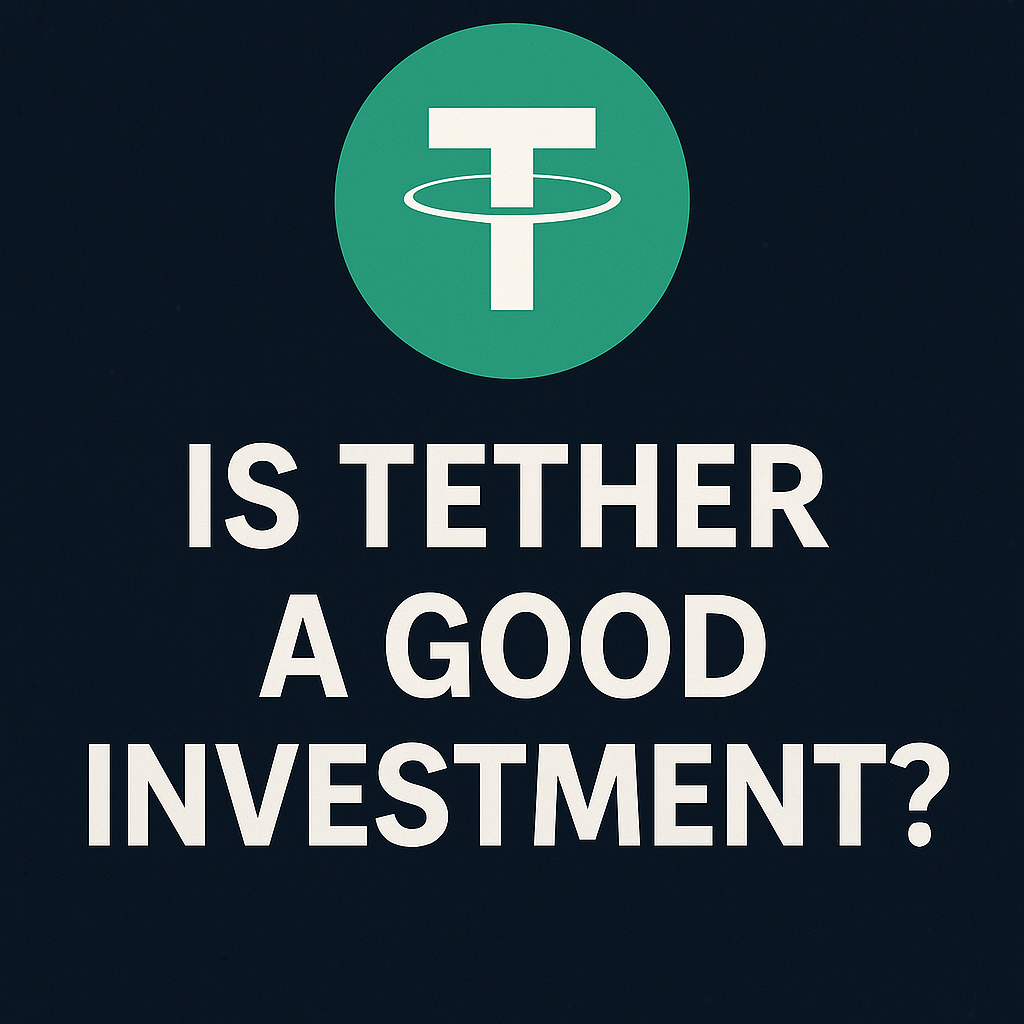The world of cryptocurrencies has seen radical changes over the last decade-where people or companies can literally create their very own digital money. Whether raising funds for an idea, planning a specific blockchain use case or just playing and experimenting with these technologies, designing one’s personal token or coin has never been easier. Further, it should also be properly planned, and technical knowledge is required along with clear legal and regulatory landscapes. Here, the following will be some step-by-step approaches that help you to go through all the important steps on how to launch your own cryptocurrency or token.
Table of Contents
- 1 How to Launch Your Own Cryptocurrency or Token
- 2 Step 1: Define Your Purpose And Use Case
- 3 Step 2: Choose the Right Blockchain Platform
- 4 Step 3: Design the Tokenomics
- 5 Step 4: Develop the Cryptocurrency or Token
- 6 Step 5: Test the Network
- 7 Step 6: Ensure Legal and Regulatory Compliance
- 8 Step 7: Launch and Market Your Cryptocurrency or Token
- 9 Step 8: Build and Engage Your Community
- 10 Step 9: Monitor and Improve
- 11 Conclusion
How to Launch Your Own Cryptocurrency or Token
Step 1: Define Your Purpose And Use Case
Before moving to its technical goals, it’s great to set a real purpose for your cryptocurrency or token. Ask yourself: Why you have created this digital asset? What problem does it solve? Who is your target audience? A clear use case will not only guide your development process but also help you market your project effectively. For instance, some are there for direct-to-peer transactions. Some tokens are used to access specific services or platforms. NFTs are pretty cool if you’re into digital collectibles. They’re basically just unique digital items – like that piece of digital art you bought, or a special character in your favorite game.
If you want to make your own crypto, you’ve got a couple ways to go. You could build your own blockchain from scratch if you’re really technical and have a specific vision. Most people don’t bother with all that hassle though. Instead, they just create tokens on existing blockchains like Ethereum or Binance Smart Chain. Way easier and gets the job done for most projects.
Just depends on what you’re trying to do and how much time you want to sink into the technical stuff.
Step 2: Choose the Right Blockchain Platform
With the definition of use cases, now it is possible to select an appropriate blockchain platform. If one has a requirement for creating tokens, then obviously the existing blockchains that can host smart contracts like Ethereum, Binance Smart Chain, and Solana, can be opted for. These have the infrastructure that one may need in creating and managing tokens without going all the way to building their blockchain. If your project requires a different blockchain, then you have to create your own coin. That is more involved and necessitates designing a blockchain network, mechanisms for consensus development, and securing the blockchain. The other direction is by a forked copy of an existing blockchain, that is, copy-pasting existing blockchains, such as Bitcoin or Ethereum, and then customizing it according to your needs.
Step 3: Design the Tokenomics
Tokenomics is the economic model for your token or cryptocurrency. It includes factors such as supply, distribution, and utility. For your project to be successful, you need a well-designed tokenomics system. Start by deciding the total supply of your token or coin. Will it have a fixed supply (like Bitcoin) or an inflationary model? Next, plan how the tokens will be distributed. Are you planning to conduct an Initial coin offering (ICO), and distribute tokens via airdrop to early adopters or to stakeholders and developers? Additionally, define the utility of your token. Will it be used for transactions, staking, governance, or accessing specific features within your ecosystem?
Step 4: Develop the Cryptocurrency or Token
This is the development phase. This will kick-start your project. You can leverage all the tools given when you are developing your token, for instance, the ERC-20 and ERC-721 standards used by Ethereum when creating a token. Such standards give rules or guidelines for creating tokens, with your tokens made according to their standards. Thus, it makes the process relatively straightforward for developing your token. You must write a smart contract that is self-executing. It outlines how your token behaves. For those creating a coin, the development process is more complex. You will need to design the architecture of the blockchain and implement different consensus algorithms as required (Proof of Work/Proof of Stake), and the network should be secure and scalable for use. Recruiting experienced developers or a third-party development house can make that process much less painful.
Step 5: Test the Network
Testing the network before launching your cryptocurrency or token is crucial. This involves fixing bugs, security, and checking if the tokenomics model is working as intended. You can testnet launch your cryptocurrency or token, deploying it on a simulated blockchain environment. Here, you can test transactions, smart contracts, and other features without risking real assets. Engage a community of testers to provide feedback and report any issues. Testing is super important if you want your mainnet launch to go well.
Step 6: Ensure Legal and Regulatory Compliance
One may say that cryptocurrency regulations differ in various countries and regions. In this regard, one needs to know the legal requirements for his or her jurisdiction before starting a project. That may include some registration of the project with particular regulatory authorities, AML/KYC compliance, and data privacy. Experts in blockchain and cryptocurrency law may be contacted to quickly dissect the tangle of regulations. Omission to adhere to regulations can attract fines litigation or even a shutdown for your project.
Step 7: Launch and Market Your Cryptocurrency or Token
After creating your cryptocurrency or token, the next step would be to make it available for public use. This is possible by first creating a launch date and generating publicity for your project. Social media, forums, and cryptocurrency communities can be employed to make publicity. Partner with influencers or industry experts for high visibility. In the launch, ensure that the website and documentation of your cryptocurrency or token are user-friendly, hence explain clearly how people can acquire and make use of them. Transparency is the key to trusting your target audience.
Step 8: Build and Engage Your Community
A solid community is the backbone for any cryptocurrency or token project to be successful. Engage through social media, forums, and newsletters with your users. Your community needs constant updates about the development of your project and address their concerns or questions. Consider having governance mechanisms in place whereby token holders will be given some participation or vote in decisions regarding the operations. This encourages ownership and is key to your long-term project survival.
Step 9: Monitor and Improve
The first step is to launch a crypto-currency or token. Keep an eye on how your project is doing – track everything and look at what’s working and what isn’t. Get feedback from actual users too, since they’ll tell you what really matters. Don’t be afraid to make changes when needed.
And don’t forget to stay on top of industry stuff. Things move crazy fast in this space – if you’re not keeping tabs on what’s new, you’ll fall behind before you know it. Got to stay on your toes with all the tech updates and shifting trends if you want to stay in the game. Trust me, nothing feels worse than realizing everyone else moved on to better solutions months ago while you’re still doing things the old way.
Conclusion
Launching cryptocurrency or tokens is an exciting and rewarding job, although it is necessary to carefully plan, be technologically savvy, and be committed to compliance and community engagement. What follows should outline each step of the way for you to comprehend the entire process that guides you through the many complexities involved in launching your cryptocurrency or token successfully. Irrespective of your utility token, governance coin, or unique digital asset, remember to keep an eye on the vision and how the landscape keeps changing with time in blockchain technology.


















